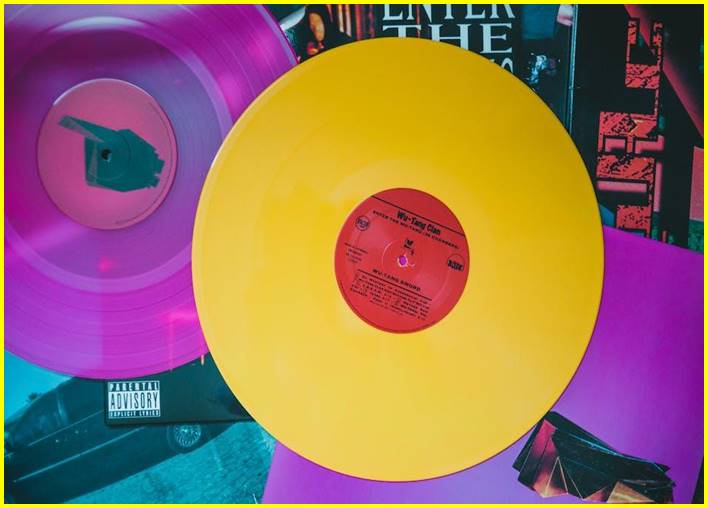How to Make an Album Cover That Gets Noticed
If you want your band to become more well-known and build their fanbase, you must invest in a high-quality custom album cover. Once you have an album cover that represents your band well and is memorable, it’s easy to attract new fans.
With so many bands out there, a great album cover will catch your potential fans’ attention, and they’ll be drawn to it. It will make them want to listen to your band and learn more about you.
Here’s a guide on how to make an album cover that gets noticed.
Understand the Essence of Your Music
When creating an album cover, it’s essential to understand your music’s essence clearly. What emotions do you want to convey? What genre is it? Who is your target audience?
You can make informed album cover design choices that will help you stand out by answering these questions. For example, if your music is upbeat and energetic, choose a bright, eye-catching image and typography that conveys a sense of movement and excitement.
Choose a Memorable Image
People will often notice your album cover’s image, so choosing a memorable one that represents your music is essential. Consider using a photograph or illustration that is striking and eye-catching. Look for ideas that capture the mood and tone of your music.
If you love an image, but the background is distracting, consider using a tool like “remove bg” to remove the background and make the image stand out even more. If you’re a solo artist, you may want to use a photo of yourself, while bands may choose a group shot or an image representing their music.
Use Strong Typography
The typography on your album cover should be legible and easy to read but also eye-catching and memorable. Choose a font that complements the mood and genre of your music.
For example, use a bold, Gothic font if your music is dark and moody. Use a playful, colorful font if your music is upbeat and fun. Experiment with different fonts and layouts to find the one that best represents your music.
Consider the Color Palette
The colors you choose for your album cover can significantly impact how it is perceived. Consider the emotions you want to convey and choose a color palette that reinforces them.
For example, if your music is melancholy and introspective, use muted, cool colors like blues and grays. Use bright, warm colors like reds and oranges if your music is energetic and fun. Be mindful of color combinations and make sure they complement each other.
Keep It Simple
While you want your album cover to stand out, leaving the album artwork manageable with a manageable amount of elements or enough text is essential. A simple, clean design can often be more effective than a cluttered one.
Focus on the essentials and use negative space to create a sense of balance and harmony. Consider using a single image or a bold, simple graphic as the centerpiece of your design.
Make an Album Cover That Stands Out
Creating an album cover that gets noticed doesn’t have to be complicated. Take your time and make sure it reflects the album’s message. Use vivid colors, professional images, and pop text to make your album cover stand out.
Use these tips and make an album cover that gets noticed to ensure your music gets seen and heard. Give it a try- you won’t regret it!
Was this article helpful to you? If so, check out our blog for more valuable content and resources.
twitter something went wrong try reloading chrome 2023
How to Make an Album Cover That Gets Noticed
